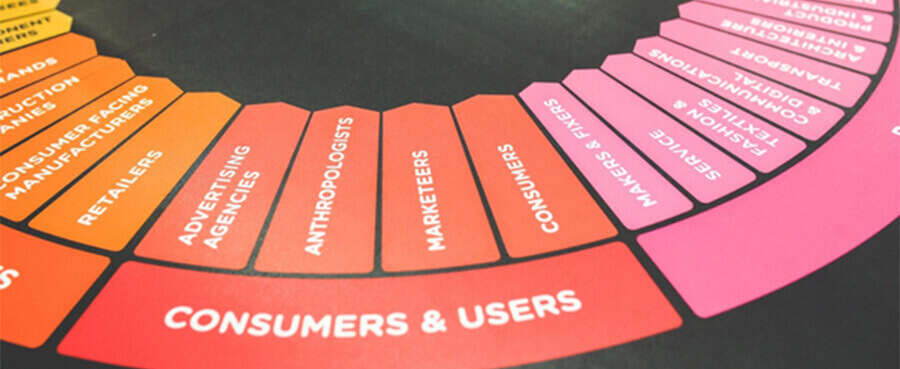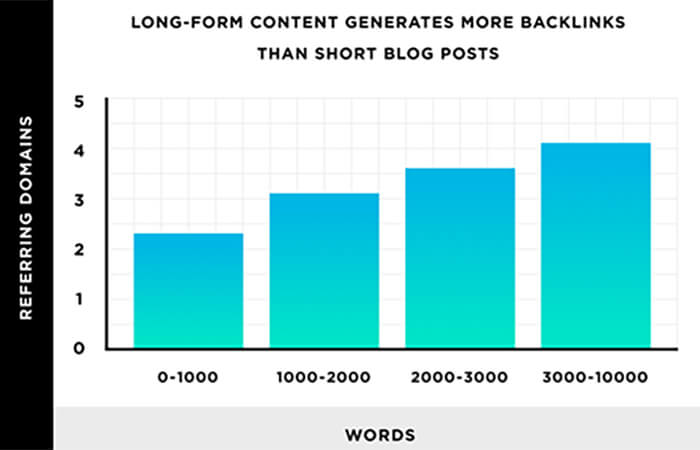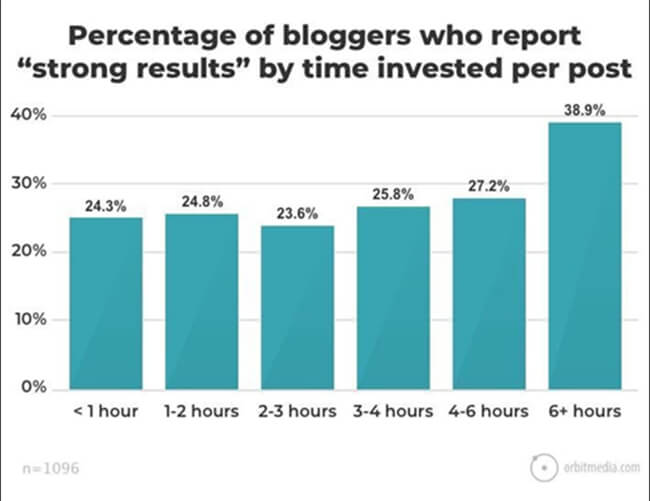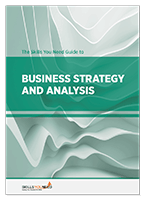Inbound vs Outbound Marketing:
Which Benefits Businesses the Most?
See also: Marketing Skills
If you’re the owner of a business or work in the marketing field, you’ve probably heard the terms inbound marketing and outbound marketing. Comparing inbound vs outbound marketing is pretty simple, but it’s very important to understand the differences.
Inbound and outbound sound like they’re just some buzzwords that are used to sway you into something. While they are nice-sounding words, they’re also two different marketing approaches.
In our digital world, both of these strategies rely on having a fast and well-optimized website that is built on a reliable website platform like Hostgator.
A website that isn’t nicely optimized will get an increased bounce rate (more customers leaving right after visiting) and customers leaving before the page even loads.
You can optimize your site by getting blazing-fast CMS hosting for your website and creating your pages in an efficient way so they load much faster.

Outbound Marketing: What is It?
This type of marketing is a more traditional method of marketing that basically consists of pushing a message or ad to many, many people and hoping some of them are convinced by it.
Methods of outbound marketing include cold calling, trade shows, TV ads, content placement, sending emails to purchased lists, and more.
The idea is that if you market it to a huge number of people, enough people of your targeted audience will see it and respond.
How effective is outbound marketing?
Outbound marketing is getting less effective over time. The main reason that it’s ineffective is that people get countless marketing interruptions on a daily basis.
People are learning to block these interruptions, either by using ad-blockers, caller id, spam filters, or something else.
Outbound marketing is also getting unnecessarily expensive. The main problem is that other than your target audience, you’re spending unnecessary dollars so that people that aren’t interested to see the ad.
There’s no real way to counteract this, as even the most advanced targeting methods like Facebook will still show your ad to some people that aren’t in your targeted audience.
Inbound Marketing: What is It?
When comparing inbound vs outbound marketing, there’s only one key difference that matters.
With this type of marketing, you’re aiming to get found by people looking for what you’re offering.
Inbound marketing mostly relies on content creation as a tool to attract new visitors and acquire new customers. It’s dependent on information technology such as social media, mobile phones, search engines, and more.
The content you create needs to be valuable, to solve a problem for the reader.
The main purpose is to attract the users that are interested. But it’s not that easy.
Remember, inbound marketing is becoming more and more popular. There are most likely other people or businesses in your industry that try to pull people, instead of push onto them.
This is why you need to create quality content and not skimp on it to save 10 minutes of your day. Statistics say that people who spend more time writing their blog posts report more success.
As the content gets longer, it generates more backlinks for the blog.

But that’s not all. Content creators also report that the more time they spend writing a blog post, the more leads it generates.

It’s also very important to note that with inbound marketing, you’re creating a two-way interaction channel. This means that customers can also talk to you, through comments, reviews, sending you an email, and more.
How effective is inbound marketing?
If you’re comparing inbound vs outbound marketing, it’s clear that inbound marketing is the winner here.
The fact that inbound marketing is basically free makes it much more effective compared to outbound marketing.
It also solves a lot of the problems with outbound marketing, like people blocking the marketing interruptions, because there are no marketing interruptions with inbound marketing.
You’re only found when people want to find you. This is what makes inbound marketing so successful.
Remember, people are trying to block outbound marketing interruptions. But they can’t block inbound marketing.
Why? – Because there are no interruptions, it only appears when they search for it. It would be counterproductive for the user to try and block inbound marketing.
But the benefits of inbound marketing don’t end there.
The two-way communication you create can be used to further help your business grow and improve. Gathering customer reviews and feedback isn’t to be taken lightly.
Here are some statistics for inbound marketing:
Marketers who prioritize their blogging are 13 times more likely to achieve a positive ROI
45% of marketers believe blogging is their most important strategy
70% of consumers would rather learn about a company through an article than an ad
77% of people online read blogs
Small businesses that blog see 126% more lead growth compared to those that don’t
Further Reading from Skills You Need
The Skills You Need Guide to Business Strategy and Analysis
Based on our popular management and analysis content the Skills You Need Guide to Business Strategy and Analysis is a straightforward and practical guide to business analysis.
This eBook is designed to give you the skills to help you understand your business, your market and your competitors.
It will help you understand why business analysis is important for strategy—and then enable you to use analytical tools effectively to position your business.
Inbound Marketing Methods
Inbound marketing is usually free online and free online marketing depends on a few essential actions. These are fundamental methods to learn if you want to reap the benefits of inbound marketing.
SEO
You probably know that SEO is very important for your website. But it’s much more important for inbound marketing.
If you’re trying to get website visits from search engines, you need to have good SEO. Your SEO is meant to take advantage of the known ranking factors on Google and other search engines. Some of these factors include keywords, loading time, building quality backlinks from websites, lowering your spam score, and improving core web vitals.
It is meant to increase the chance for you to rank higher for certain targeted keywords.
Content creation
You can’t do inbound marketing with only web pages, because there’s a very small chance you’ll rank on a search engine. But if you open a blog on that same website, Google will start indexing your site more often and you’ll get an increased chance to rank higher.
Content creation doesn’t have to be blog posts though. It can be anything you want – videos, podcasts, newsletters, you name it.
But try to make your content high-quality. The goal is to establish your company as an authority in this field. That way people will be encouraged to trust you.
CTA (or Call to Action)
You’ve got the SEO part down and you’ve got quality content. The only thing you’re missing now is a call-to-action to sway your readers into accepting your offerings.
Calls to action can come in many forms. Most of the time, these are simple pop-ups that offer a free download or another promotional offer when the user submits their email address.
If you’re creating a call-to-action that features a direct purchase, you might need additional information to demonstrate the customer that it’s safe to buy. For example, including a landing page might be a good idea.
Inbound vs Outbound Marketing - There’s One Winner
Comparing inbound vs outbound marketing leads to a no-brainer answer as to which you should prioritize. Outbound marketing feels like the wrong place to hunt.
There are no better people to advertise to than those that are already looking for what you’re offering.
But even inbound marketing is not without its hassles. You need to dedicate time for it to start working. Even if you perfect your website’s SEO, even if you post high-quality content, there’s still time that needs to pass in order for Google to index you higher.
But in the meantime, you can use social media to drive traffic to your posts and try to retain some of those potential customers.

About the Author
Vivian is fond of writing and has been involved in the content marketing industry since 2011. She is specializes in web hosting and website builder niches.


